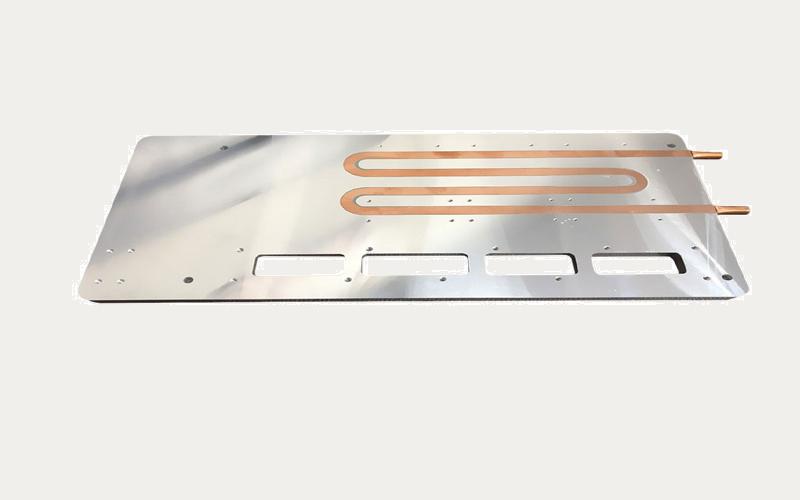The Importance of Fin Designs in Custom Radiators
When it comes to custom radiators, the fin design plays a crucial role in its overall performance and efficiency. The fins are responsible for increasing the surface area of the radiator, allowing for better heat transfer from the radiator to the surrounding air. In this article, we will explore the different fin designs used in custom radiators and how they impact their effectiveness.
1. Flat Fins
Flat fins are the most common and simplest fin design used in custom radiators. These fins are flat plates that are evenly spaced and attached to the tubes of the radiator. While they are effective in increasing the surface area, they may not provide optimal heat transfer due to their limited turbulence generation.
2. Louvered Fins
Louvered fins, also known as slit fins, are designed with small slits or louvers that help induce turbulence in the airflow. This turbulence enhances heat transfer by disrupting the boundary layer of air next to the fin surface. The increased turbulence can significantly improve the overall efficiency of the radiator.
3. Wavy Fins
Wavy fins feature a series of curves or waves along their length. These curves increase the surface area of the fins while also promoting turbulence in the airflow. The combination of increased surface area and enhanced turbulence makes wavy fins an excellent choice for custom radiators, as they can significantly improve heat transfer efficiency.
4. Pin Fins
Pin fins, also known as microfins, are small cylindrical pins that are densely packed on the surface of the radiator. These fins maximize the surface area and generate high levels of turbulence, leading to improved heat transfer. Pin fins are commonly used in high-performance custom radiators where efficiency is of utmost importance.
5. Crosscut Fins
Crosscut fins, as the name suggests, feature intersecting cuts or grooves on the fin surface. These cuts help to break up the airflow and induce turbulence, resulting in better heat transfer. Crosscut fins are often used in custom radiators where space is limited, as they provide enhanced performance without significantly increasing the size of the radiator.
6. Offset Fins
Offset fins are designed with an offset or staggered arrangement, where each fin is slightly offset from the one next to it. This design promotes better airflow through the radiator, reducing the chances of air bypass and improving heat transfer efficiency. Offset fins are commonly found in high-end custom radiators.
7. Delta Fins
Delta fins, also known as triangular or sawtooth fins, have a unique triangular shape that helps to increase the surface area and induce turbulence. The triangular fins create vortices in the airflow, enhancing heat transfer. Delta fins are often used in custom radiators that require high performance and compact size.
8. Helical Fins
Helical fins are designed in a spiral or helix shape that wraps around the radiator tubes. This design not only increases the surface area but also promotes swirling motion in the airflow, leading to improved heat transfer. Helical fins are commonly used in custom radiators where space is limited and increased efficiency is desired.
9. Slotted Fins
Slotted fins feature small slots or channels cut into the surface of the fins. These slots help to disrupt the boundary layer and induce turbulence, resulting in better heat transfer. Slotted fins are often used in custom radiators that require high performance in compact sizes.
10. Fin Density and Spacing
Apart from the design of the fins themselves, the density and spacing of the fins also play a crucial role in the performance of custom radiators. Higher fin density and closer spacing can increase the surface area and turbulence, leading to improved heat transfer. However, it is important to strike a balance, as very high fin density can lead to increased pressure drop and reduced airflow.

